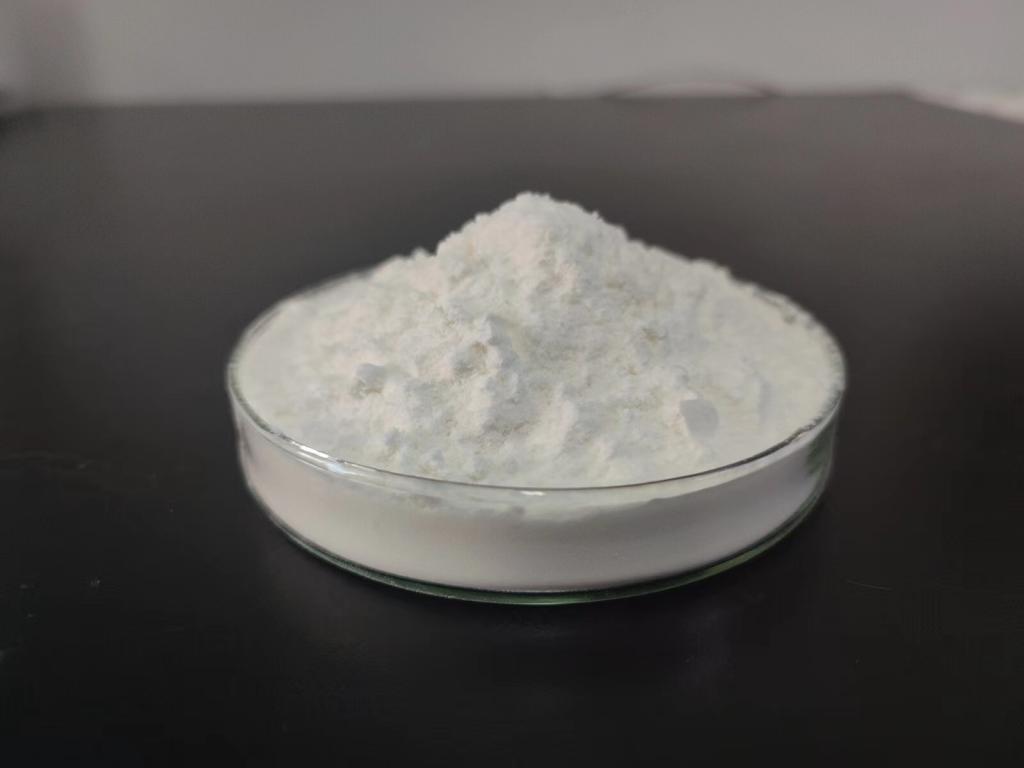
 CONTACT
CONTACT
- Linkman:Linda Yao
- Tel: +8618231198596
- Email:linda.yao@dcpharma.cn
- Linkman:CHARLES.WANG
- Department:Overseas
- Tel: 0086 0311-85537378 0086 0311-85539701
ε-Polylysine hydrochloride's applications in controlling microbial growth in pet food.
TIME:2024-05-17
Pet food safety is a critical concern for both pet owners and manufacturers. Contamination of pet food with harmful microorganisms not only poses health risks to pets but also undermines consumer confidence in pet food products. To address this issue, various antimicrobial agents are employed in the production of pet food to control microbial growth and ensure product safety. One such agent gaining attention is ε-polylysine hydrochloride, a natural antimicrobial compound with a wide range of applications in the food industry. This article explores the properties of ε-polylysine hydrochloride and its effectiveness in controlling microbial growth in pet food.
Understanding ε-Polylysine Hydrochloride
ε-Polylysine hydrochloride is a cationic homopolymer composed of lysine residues linked by peptide bonds. It is produced by fermentation using strains of Streptomyces albulus or Streptomyces noursei. This compound is water-soluble and possesses strong antimicrobial properties against a broad spectrum of microorganisms, including bacteria, fungi, and yeasts.
Mechanism of Action
The antimicrobial activity of ε-polylysine hydrochloride is primarily attributed to its interaction with microbial cell membranes. Upon contact with microorganisms, ε-polylysine disrupts the integrity of the cell membrane, leading to leakage of cellular contents and ultimately cell death. Additionally, ε-polylysine interferes with vital cellular processes, such as nutrient uptake and protein synthesis, further inhibiting microbial growth.
Applications in Pet Food
-
Preservation: One of the primary applications of ε-polylysine hydrochloride in pet food is as a preservative. By inhibiting the growth of spoilage microorganisms, ε-polylysine extends the shelf life of pet food products, ensuring they remain fresh and safe for consumption over an extended period.
-
Contamination Control: Contamination of pet food with pathogenic bacteria such as Salmonella and Listeria poses significant health risks to pets. Incorporating ε-polylysine hydrochloride into pet food formulations helps control the proliferation of these harmful bacteria, reducing the likelihood of foodborne illnesses in pets.
-
Mold and Yeast Inhibition: Mold and yeast growth can lead to the spoilage of pet food products and the production of mycotoxins, which are harmful to pets. ε-Polylysine hydrochloride effectively inhibits the growth of mold and yeast, thereby preserving the quality and safety of pet food.
-
Natural Alternative: As consumers increasingly demand natural and clean label ingredients in pet food, ε-polylysine hydrochloride offers a desirable alternative to synthetic antimicrobial agents. Derived from natural sources and produced through fermentation, ε-polylysine is perceived as a safer and more environmentally friendly option for pet food preservation.
Regulatory Considerations
In many countries, including the United States and the European Union, the use of ε-polylysine hydrochloride as a food additive is permitted within specified limits. Regulatory authorities have evaluated its safety for use in food products, including pet food, and established maximum allowable levels to ensure consumer safety.
Conclusion
ε-Polylysine hydrochloride emerges as a promising antimicrobial agent for controlling microbial growth in pet food. Its natural origin, broad-spectrum activity, and safety profile make it an attractive option for pet food manufacturers seeking effective preservation solutions. By incorporating ε-polylysine hydrochloride into pet food formulations, manufacturers can enhance product safety, extend shelf life, and meet the evolving demands of pet owners for high-quality, safe, and natural pet food products. However, further research may be warranted to explore its long-term effects on pet health and its interaction with other food ingredients.
- Tel:+8618231198596
- Whatsapp:18231198596
- Chat With Skype







